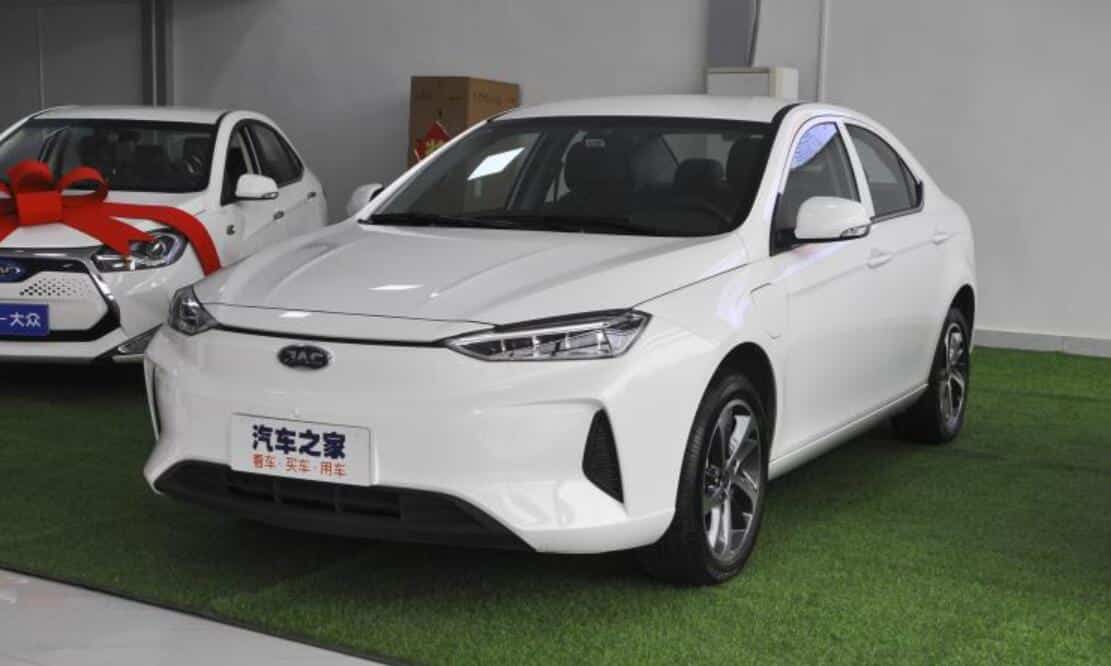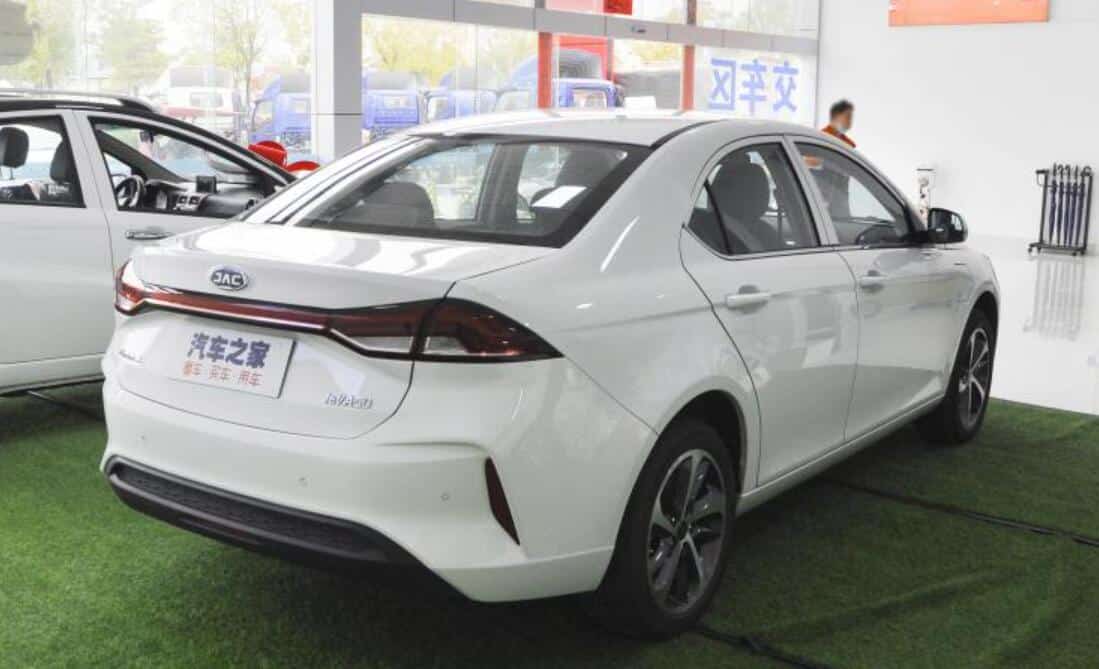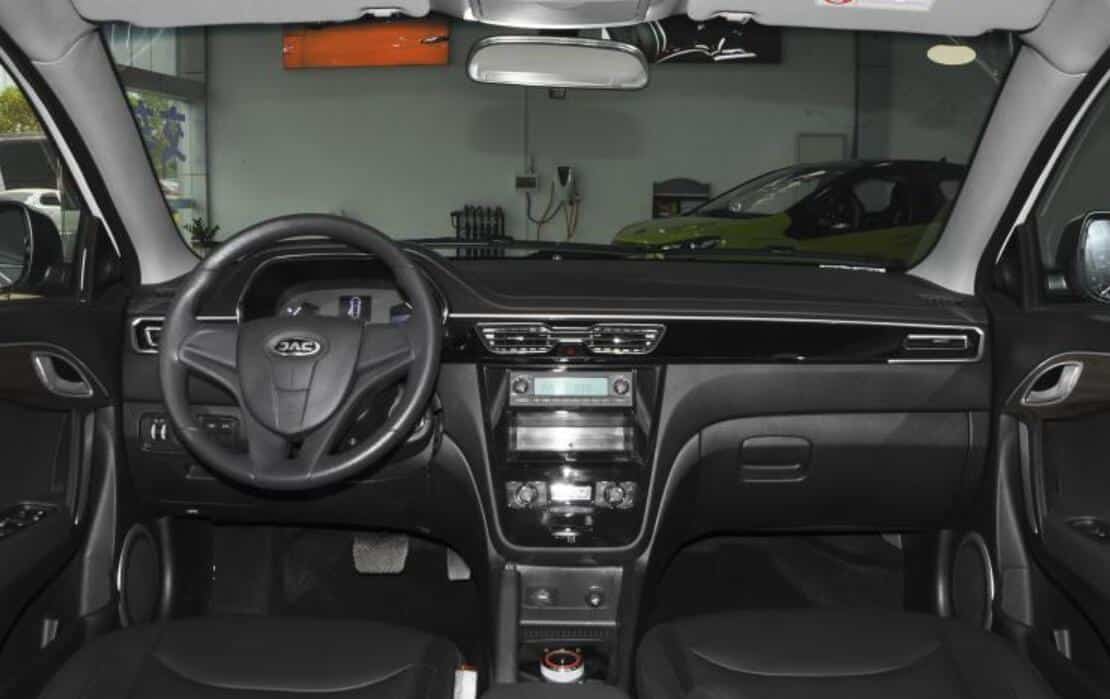For the cab market, models that support battery swap are popular because they are more convenient to replenish energy. Now, JAC, the OEM of Chinese electric vehicle company Nio, has launched new models that meet this need.
JAC has recently introduced two battery swap-enabled variants of the iEVA50 model, priced at RMB 129,800 ($20,348) and RMB 133,800 respectively.
Both variants have the same appearance as the current model, with the biggest change being the support for battery swap that the company said can be completed within 3 minutes.
The new car is equipped with a drive motor with a maximum power of 125 hp and a maximum torque of 270 Nm. It is equipped with a lithium iron phosphate battery with a capacity of 44.5kWh and an NEDC range of 350km.
Its length, width and height are 4640/1765/1490mm respectively, with a wheelbase of 2710mm.
Currently, battery swap-supported vehicles in China have taken shape, with Nio being the only vehicle manufacturer to deliver such models on a large scale for general consumers.
In addition to JAC, Beijing Electric Vehicle Co Ltd and SAIC's Roewe brand also offer such models for the cab market.
Since last year, the battery swap model has received strong support from Chinese policy, with several government departments mentioning support for the construction of battery swap infrastructure.
Last April, China's subsidies for the new energy vehicle industry set a price requirement of under RMB 300,000, but battery swap-enabled models are exempt from this requirement, allowing Nio to continue to enjoy past subsidies.
Early last month, China's State Administration for Market Regulation approved the National Standard for Battery Swap Safety Requirements for Electric Vehicles (GB/T 40032-2021), making it the first mandatory standard in the industry to regulate the development of battery swap models.
The standard, drafted by companies including Nio, Beijing Electric Vehicle Co Ltd and Geely, will come into effect on November 1 this year, specifying the safety requirements, test methods and inspection rules for battery swappable electric vehicles.
(Source: Autohome.com.cn)




